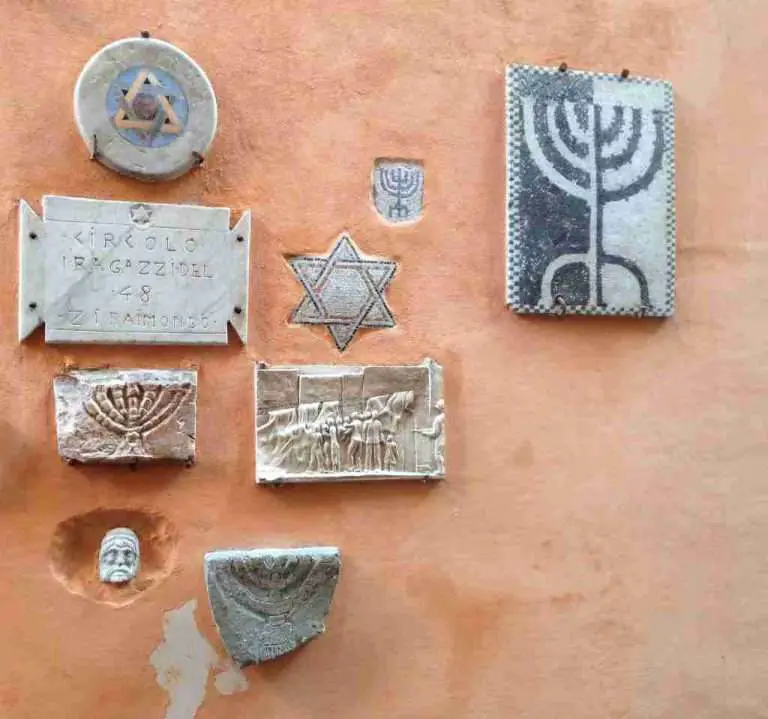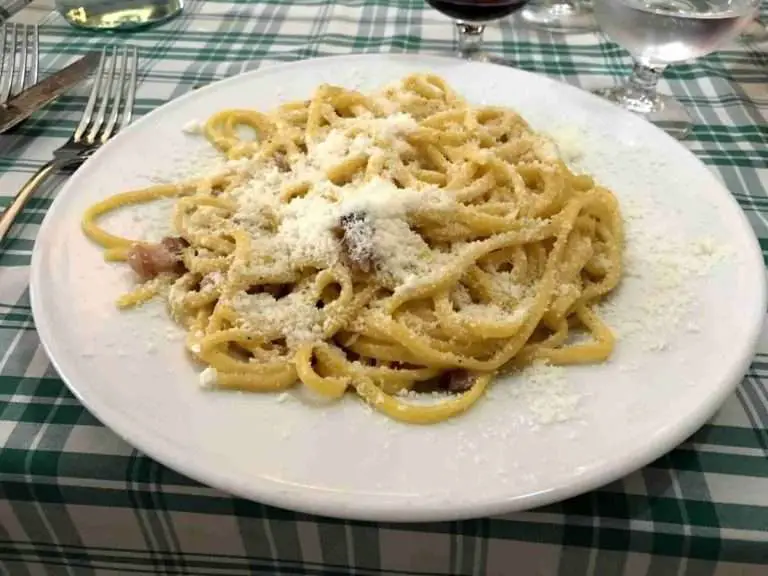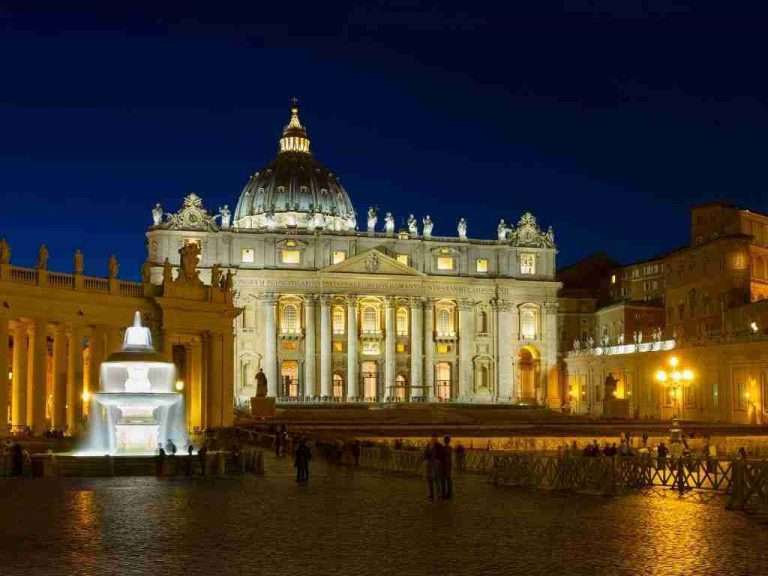
Perugia, the picturesque capital of the region of Umbria, is a destination I like to recommend to travelers looking for a new place to explore in Central Italy. Perugia is an austere, university town – indeed, it’s one of Umbria’s hill towns – with several unique characteristics that make it ideal for discovery. Here’s my brief list of its charms:
A History of Rebellion

While Perugia’s early history as a member of the Etruscan League is noteworthy, it is the city’s rankling of Rome that gives it a reputation of rebellion. You could even say that Perugia has a “salty” past, as a large part of the town’s character was formed due to a battle with Rome in the so-called Salt War.
From the early days of the Papal States, the people of Perugia were often at odds with the church. In 1540, things really came to a head when Rome doubled the tax on salt. The Perugians rebelled by drastically reducing their consumption of salt, resulting in pane sciapo (also known as pane sciocco or pane toscano), a bread made with little or no salt that is still consumed today in Perugia, Umbria, and Tuscany.
Pope Paul III was the pontiff responsible for levying the high taxes during this time and made sure to punish Perugia when papal troops (led by his son) captured the city. The Rocca Paolina, a massive fortress built by Antonio da Sangallo the Younger, bears the inscription “ad coercendam Perusinorum audaciam” (to curb the audacity of the Perugian people). This is the only fortress I know of that was built to keep its citizenry in rather than thwart outside invaders.
An Artistic Pedigree




A few of the aesthetic pleasures of Perugia include the stark caverns of Rocca Paolina, which has been retrofitted with escalators that run from between the upper and lower parts of town; the Etruscan walls; the Fontana Maggiore, a curious, round fountain built by Nicola and Giovanni Pisano; and the Piazza Italia, the lovely, tree-lined square overlooking the Umbrian valley where many Perugians take their evening passegiata.
But Perugia is known in particular for the artist Pietro Vannucci, better known as Perugino. While Michelangelo painted the ceiling of the Sistine Chapel, Perugino designed frescoes for its walls. The artist was a lifelong mentor to master painter Raphael.
In Perugia, Perugino’s works decorate the Collegio di Cambio in the Palazzo dei Priori and are also featured in the National Gallery of Umbria. Both of these places lie, aptly, on the Corso Vannucci – Perugia’s main street.
Perugia, City of Chocolate

Finally, one of the best reasons to visit Perugia is because it is the place for chocolate lovers. Perugina Chocolate, creator of Baci, the hazelnut and chocolate confections that come wrapped in a love poem, is headquartered in Perugia.
Long since purchased by Nestle, Perugina still maintains the Bacio/Baci brand. It also has a chocolate boutique on — you guessed it — Corso Vannucci.
In addition to Perugina, the city is also the site of a chocolate festival each October called Eurochocolate. The festival is a chance for artisanal chocolatiers to show off their products and for guests to learn about chocolate based on a particular theme.
Photos © Paolo Bertinetto, Agnese Salinas, Maurizio Zanetti, fotopierino
Last updated on May 2nd, 2021Post first published on December 5, 2009






